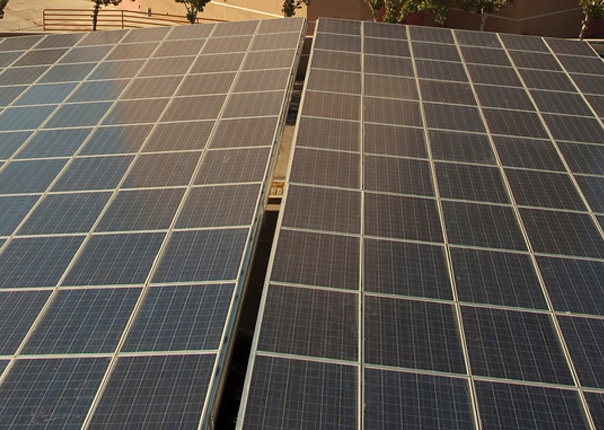
The growing number of rooftop solar installations means new potential hazards for firefighters and may prompt changes in how effectively fire departments can battle certain fires, according to a recently revised report from The Fire Protection Research Foundation.
“Today’s emergency responders face unexpected challenges as new uses of alternative energy
increase,” the report says. “These renewable power sources save on the use of conventional fuels such as petroleum and other fossil fuels, but they also introduce unfamiliar hazards that require new fire fighting strategies and procedures.”
The report was first issued in May 2010 and revised this October. Its focus is on fighting structural fires in buildings with rooftop photovoltaic (PV) modules or solar thermal collectors. Of the two, solar thermal (hot water) systems are less complicated and pose less of a problem.
Because the technology is relatively new, the number of structure fires involving solar power systems can’t be quantified, the report says: “While the actual percentage of overall buildings with solar power systems and those involved with fire remains a … mystery, we have a general expectation of how the data will likely trend in the future. As solar power systems continue to proliferate, the likelihood of fire fighters encountering them at a structural fire will similarly increase.”
The hazards are many
Among the problems that firefighters may face:
- Tripping and slipping. Firefighters climbing on roofs can trip over panels or slip on the surface of a panel, especially at night when visibility is poor because of smoke.
- Added weight. The added weight of solar thermal installations can be a factor when the roof has been weakened by fire. Panels also prevent direct access to a section of roof providing the best point of ventilation.
- Flame spread. Rooftop panels have to be durable, “and certain materials that have traditionally performed well in this regard (i.e. certain types of plastics) do not necessarily have good fire-resistant characteristics,” the report says.
- Harboring pests. Frames and junction boxes on the roof are ideal nesting spots for stinging insects, making the risk of tripping and slipping even greater.
- Shock. De-energizing PV systems can be difficult. “Because a photovoltaic module and their respective solar cells within the modules will continue to generate electricity when exposed to light, any conduit or components between the modules and disconnect/isolation switches remain energized,” the report says. Even the power generated by a modest residential system can be lethal. At night, the report adds, artificial lights (what the report calls “apparatus-mounted scene lighting”) may be enough to create a shock hazard.
- Battery storage. On PV systems with battery storage, batteries maintain electric current at night when the rest of the system is inactive.
- Toxic smoke. Some panel components release dangerous vapors or fluids when they’re damaged by fire. One example is cadmium telluride, which produces potentially dangerous levels of cadmium, a carcinogen. “Emergency responders are required to wear full
respiratory protection (e.g., self-contained breathing apparatus) for any atmosphere that is
possibly IDLH (immediately dangerous to life or health), and this should be the case when
handling damaged solar modules involved in fire unless proven otherwise,” the report says.
Big solar arrays can mean big problems
Firefighters can run into these problems even on the small arrays they’d typically find at a single-family house, but as the number of modules increases, so does the potential for trouble.
For example, Reuters reported on a fire in New Jersey in September in which PV arrays prevented firefighters from getting on the roof of a luncheon meat warehouse. It took 29 hours to put out the fire, and the Delanco, N.J., deputy fire chief said the outcome could have been different had firefighters had ready access to the roof.
“It’s an emerging challenge,” Ken Willette of the National Fire Protection Association told Reuters. “We’re seeing more of these panels installed in places that we have not seen them before.”
Panels also can change firefighting strategies in other ways. When firefighters can’t get on a roof, they may try to save adjacent properties rather than the building that’s on fire, a practice known as defensive firefighting, Reuters said.
Reporters from American Public Media’s Marketplace interviewed Matt Paiss, an 18-year veteran of the San Jose Fire Department in California, about the difficulties of fighting a fire in a building with a rooftop PV array. “One of the tactics that firefighters frequently perform when there’s a fire in the building is cutting a hole in the roof to let out the hottest gases and smoke,” Paiss said. A large PV array makes this task difficult. “There are some buildings that probably have more solar than they should.”
Weekly Newsletter
Get building science and energy efficiency advice, plus special offers, in your inbox.





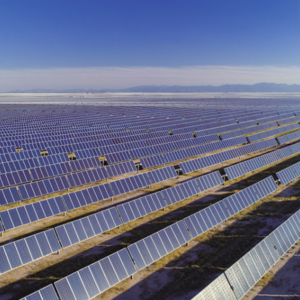
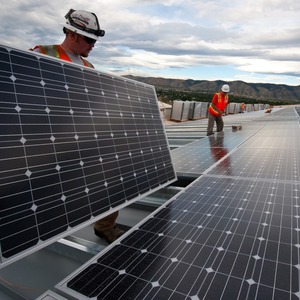
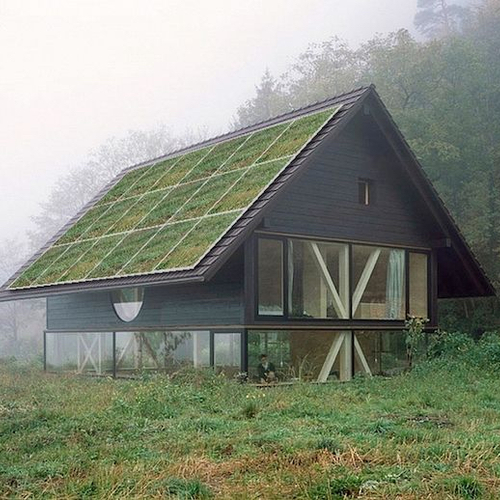
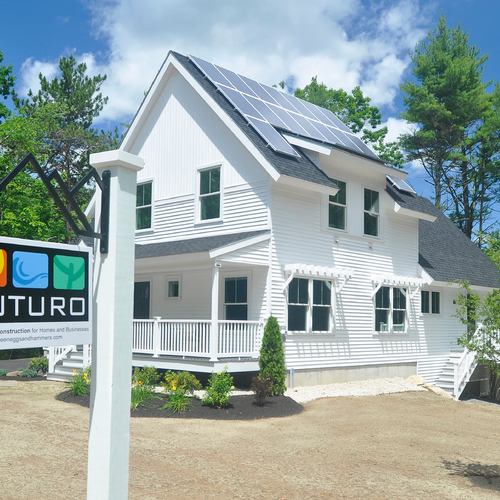






One Comment
Firefighting methods must evolve
This article raises concerns that are paralleled by other aspects of evolving construction methods. Super-insulated buildings behave differently in fires than conventional buildings. The increased use of foam insulating inside structures has the potential to increase toxic exposure for firefighters. Especially in retrofits, where firefighters will not know whether an older building contains new, toxic materials, or older, more conventional (and sometimes less toxic) materials that they are familiar with.
Firefighting techniques need to evolve with new building techniques, and more communication could benefit both sides of the equation.
Log in or create an account to post a comment.
Sign up Log in